Cystic Fibrosis (CF) (IRT)
coloThe NEONATAL IRT Screening ELISA is a colorimetric enzyme immunoassay for the quantitative determination of immunoreactive trypsinogen (IRT). Specifically developed for newborn cystic fibrosis screening, this assay utilizes blood samples dried on 903® and 226-type blotting paper.
This assay is dedicated to professional use in diagnostic laboratories. The device is not for self-testing.
The NEONATAL IRT Screening ELISA is a sandwich ELISA in which capture anti-IRT antibodies recognize native IRT in the blood specimen. The reduction of 3.3’-5.5’-tetramethylbenzidine (TMB) by Horseradish Peroxidase (HRP)-labelled detection antibody will generate an absorbance signal. The measured absorbance signal intensity is proportional to the concentration of IRT in the test sample.
Format: 192 – 576 – 1920 determinations
Storage: At 2-8°C
Possible automation: Yes
Turn around time: Overnight manual protocol or 5h automated protocol
Four-year evaluation of neonatal cystic fibrosis screening in Southern Belgium: https://pubmed.ncbi.nlm.nih.gov/39570414/
P-133 - CYSTIC FIBROSIS: VISION OF MORE THAN A DECADE IN NEONATAL SCREENING IN SALTA, ARGENTINA (SLEIMPN 2024)
P-210 - CUT-OFF LEVELS FOR THE IMMUNOREACTIVE TRYPSIN TEST IN A MEXICAN POPULATION OF NEWBORNS (SLEIMPN 2019)
Test principle
Cystic fibrosis is caused by a genetic defect in the Cystic Fibrosis Transmembrane conductance Regulator (CFTR) gene, which encodes a chloride channel. This chloride ion concentration regulatory protein is present in all exocrine tissues. Cystic fibrosis symptoms in newborns include thick and viscous secretions in the lungs, pancreas, liver, intestines and reproductive system, caused by the defect in the transport of these ions by the CFTR protein. The increase in sweat salt concentration is also noticeable.
Patients with typical cystic fibrosis develop early multisystemic disease involving several or all of the organs mentioned above. Typical pulmonary manifestations are consistent with obstructive airway disease and include persistent and productive cough. Pancreatic insufficiency usually results in diabetes and pancreatitis. Meconium ileus (obstruction of the intestine by meconium in a newborn), a cystic fibrosis symptom in newborns, is present in 10 to 20% of affected babies. More than 95% of affected men are sterile, with female fertility being more moderately compromised.
A cystic fibrosis diagnosis in newborn usually involves two sequential tests: infants with abnormal results for the first test are retested with a second confirmatory test.
The first-line screening test generally refers to an Immunoreactive trypsinogen assay (IRT). With regard to second-line tests, however, several approaches exist. If IRT is positive, some screening protocols directly consider molecular CFTR testing, while others prefer to perform IRT testing on a second sample before considering molecular testing. A new parameter, PAP (Pancreatitis-Associated Protein), was recently introduced as a second-line confirmation marker, prior to the implementation of the molecular test.
Disease
Advantages
Linked products


You have a question regarding our products ? You want to know more about our method ?
Find out about our other expertises

